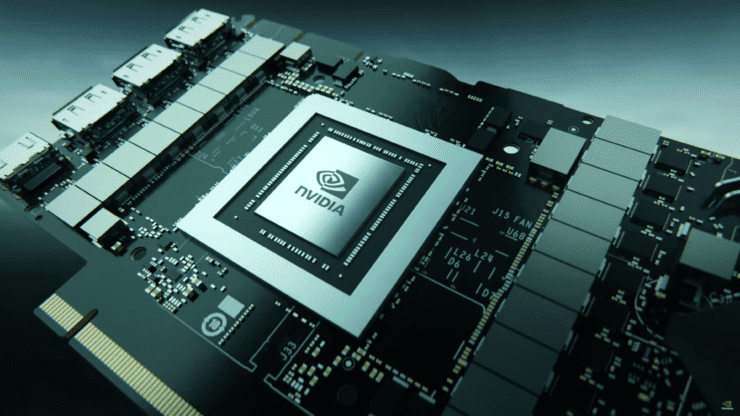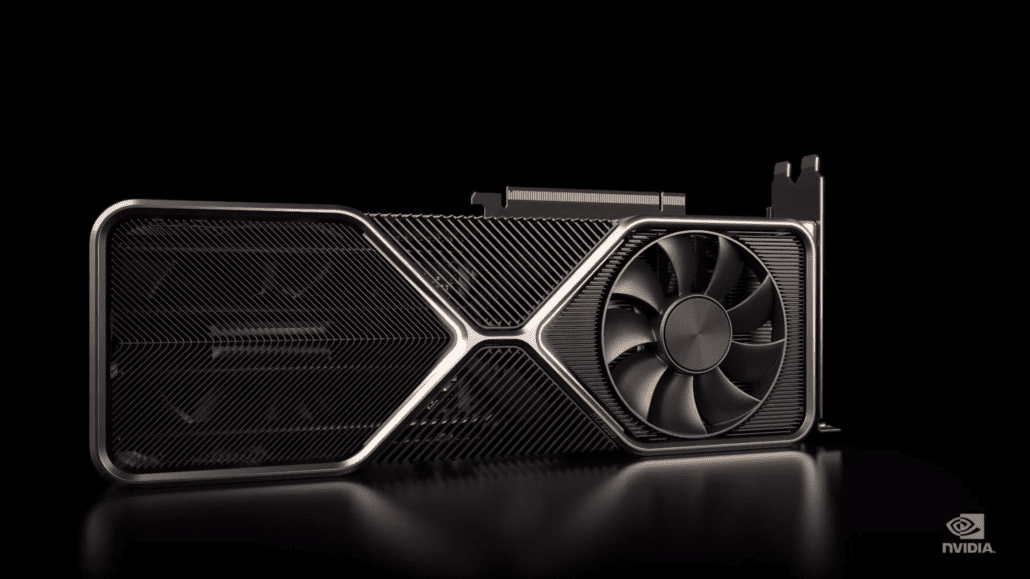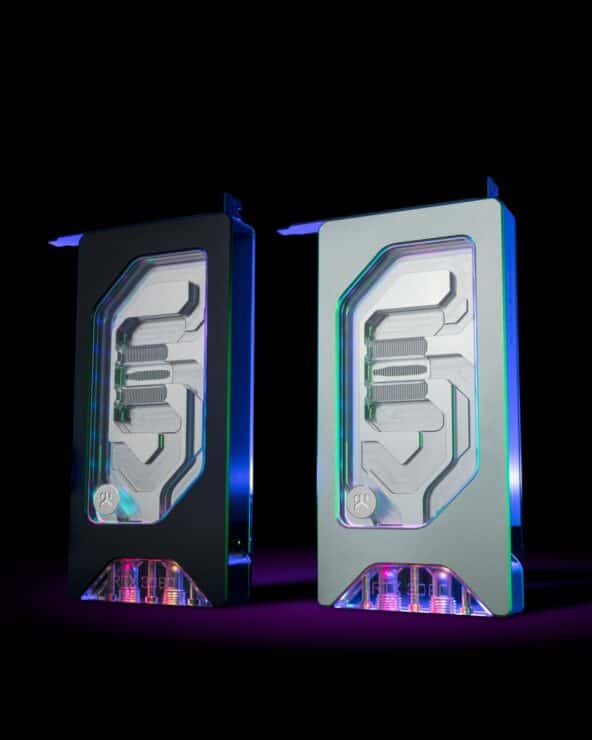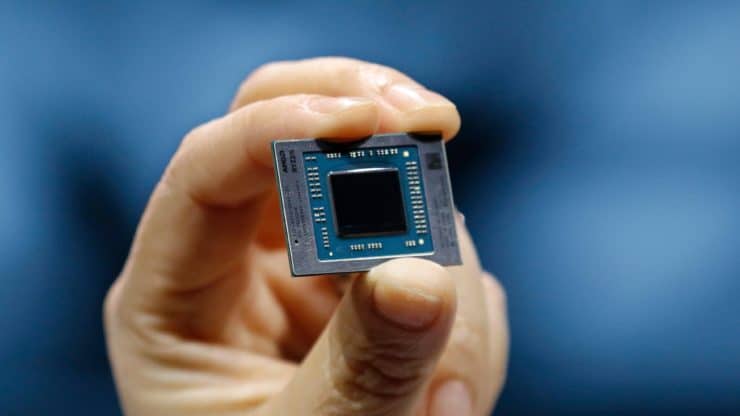
NVIDIA seems to have finally finalized the specifications for its new enthusiast graphics card, the GeForce RTX 3080 Ti. In a tweet by Kopite7kimi, it is reported that NVIDIA’s GeForce RTX 3080 Ti is now being prepped as a direct competition to the AMD Radeon RX 6800 XT graphics card, offering more memory and also much beefier specifications than the existing RTX 3080.
NVIDIA GeForce RTX 3080 Ti Reportedly Gets Huge Specs Boost, Same Cores as RTX 3090 With 20 GB VRAM To Tackle AMD’s Radeon RX 6800 XT
It was recently reported that NVIDIA has started working on its GeForce RTX 3080 Ti and GeForce RTX 3070 Ti graphics cards, both of which will be rocking the GA102 GPU core and offer faster GPU performance with their meaty specifications. There were also reports that the original designs for the GeForce RTX 3080 Ti and GeForce RTX 3070 Ti were canceled since they weren’t on par with the competition, prompting NVIDIA to go back to the drawing board and reassess the specs.
NVIDIA GeForce RTX 3080 Ti “Rumored” Graphics Card Specifications
Just a few months after, it looks like NVIDIA has finally decided the specifications of its GeForce RTX 3080 Ti graphics card. Details from Kopite7kimi suggest that the GeForce RTX 3080 Ti FE (Founders Edition) graphics card will feature the PG133-SKU15 PCB design and the GA102-250-KD-A1 graphics core.

The specifications for the GA102-250 GPU have also changed since the last time we saw them and are now exactly the same as the GeForce RTX 3090 at 10496 FP32 CUDA cores. This means that we are essentially looking at RTX 3090 performance at a lower price point. There’s a possibility that some select blocks could be disabled for the GA102-250 GPU and the card would almost certainly run at lower clock speeds but that remains to be seen.
As for memory, the card will feature 20 GB of GDDR6X memory. Unlike the 19.5 Gbps speeds of the RTX 3090, the GeForce RTX 3080 Ti is said to retain the same memory speeds as the RTX 3080 at 19 Gbps. Since we are getting a 20 GB bus interface, NVIDIA will be using a 320-bit bus interface which equals a total bandwidth of 760 GB/s. TGP for the card is set to be the same as the RTX 3080 at 320 Watts. That’s definitely needed to feed the extra cores so NVIDIA might have to optimize the clocks a bit here.
NVIDIA GeForce RTX 30 Series ‘Ampere’ Graphics Card Specifications:
| Graphics Card Name | NVIDIA GeForce RTX 3050 | NVIDIA GeForce RTX 3050 Ti | NVIDIA GeForce RTX 3060 | NVIDIA GeForce RTX 3060 Ti | NVIDIA GeForce RTX 3070 | NVIDIA GeForce RTX 3070 Ti? | NVIDIA GeForce RTX 3080 | NVIDIA GeForce RTX 3080 Ti? | NVIDIA GeForce RTX 3090 |
|---|---|---|---|---|---|---|---|---|---|
| GPU Name | Ampere GA107 | Ampere GA106? | Ampere GA106? | Ampere GA104-200 | Ampere GA104-300 | Ampere GA102-150 | Ampere GA102-200 | Ampere GA102-250 | Ampere GA102-300 |
| Process Node | Samsung 8nm | Samsung 8nm | Samsung 8nm | Samsung 8nm | Samsung 8nm | Samsung 8nm | Samsung 8nm | Samsung 8nm | Samsung 8nm |
| Die Size | TBA | TBA | TBA | 395.2mm2 | 395.2mm2 | 628.4mm2 | 628.4mm2 | 628.4mm2 | 628.4mm2 |
| Transistors | TBA | TBA | TBA | 17.4 Billion | 17.4 Billion | 28 Billion | 28 Billion | 28 Billion | 28 Billion |
| CUDA Cores | 2304 | 3584 | 3840 | 4864 | 5888 | 7424 | 8704 | 10496 | 10496 |
| TMUs / ROPs | TBA | TBA | TBA | 152 / 80 | 184 / 96 | 232 / 80 | 272 / 96 | 328 / 112 | 328 / 112 |
| Tensor / RT Cores | TBA | TBA | TBA | 152 / 38 | 184 / 46 | 232 / 58 | 272 / 68 | 328 / 82 | 328 / 82 |
| Base Clock | TBA | TBA | TBA | 1410 MHz | 1500 MHz | TBA | 1440 MHz | TBA | 1400 MHz |
| Boost Clock | TBA | TBA | TBA | 1665 MHz | 1730 MHz | TBA | 1710 MHz | TBA | 1700 MHz |
| FP32 Compute | TBA | TBA | TBA | 16.2 TFLOPs | 20 TFLOPs | TBA | 30 TFLOPs | TBA | 36 TFLOPs |
| RT TFLOPs | TBA | TBA | TBA | 32.4 TFLOPs | 40 TFLOPs | TBA | 58 TFLOPs | TBA | 69 TFLOPs |
| Tensor-TOPs | TBA | TBA | TBA | TBA | 163 TOPs | TBA | 238 TOPs | TBA | 285 TOPs |
| Memory Capacity | 4 GB GDDR6? | 6 GB GDDR6? | 6 GB GDDR6? | 8 GB GDDR6 | 8 GB GDDR6 | 10 GB GDDR6X? | 10 GB GDDR6X | 20 GB GDDR6X | 24 GB GDDR6X |
| Memory Bus | 128-bit | 192-bit? | 192-bit? | 256-bit | 256-bit | 320-bit | 320-bit | 320-bit | 384-bit |
| Memory Speed | TBA | TBA | TBA | 14 Gbps | 14 Gbps | TBA | 19 Gbps | 19 Gbps | 19.5 Gbps |
| Bandwidth | TBA | TBA | TBA | 448 Gbps | 448 Gbps | TBA | 760 Gbps | 760 Gbps | 936 Gbps |
| TGP | 90W? | TBA | TBA | 180W? | 220W | 320W? | 320W | 320W | 350W |
| Price (MSRP / FE) | $149? | $199? | $299? | $399 US? | $499 US | $599 US? | $699 US | $899 US? | $1499 US |
| Launch (Availability) | 2021? | 2021? | 2021? | November 2020? | 29th October | Q4 2020? | 17th September | January 2021? | 24th September |
In terms of performance, we can expect the card to tackle the AMD Radeon RX 6800 XT but we do not know if NVIDIA plans to offer the RTX 3080 Ti at a higher price point than the RTX 3080 or reduce prices on their existing RTX 3080 and RTX 3070 cards to match the competition. I believe the price cuts won’t be happening soon since NVIDIA’s GeForce RTX 30 series supply is being sold as soon as it ships out of the factory to the retail segment.

The RTX 3080 Ti could hit a price around $899-$999 US which would be $249 US higher than the RX 6800 XT at the very least. We also know that the GeForce RTX 3090 is around 10-15% faster than the RTX 3080 and the RTX 3080 Ti is also expected to fall within the same range. This mostly looks like a repeat of the GeForce GTX 780 and Radeon R9 290X days where the 780 failed to impress us against the competition and NVIDIA had to go all the way to release the GeForce GTX 780 Ti to undo the damage done by the R9 290X.





More Stories
EKWB Unveils The Quantum Vector FE RTX 3080 D-RGB – Special Edition Blocks For GeForce RTX 3080 FE Graphics Card
AMD Ryzen 7 5800H 8 Core & 16 Thread Cezanne ‘Zen 3’ High-Performance CPU Shows Up, Early ES Chip With 3.2 GHz Clocks
AMD Ryzen 9 5950X 16 Core Flagship CPU Benchmarked Again, Crushes Intel’s Top Core i9-10980XE 18 Core HEDT Chip